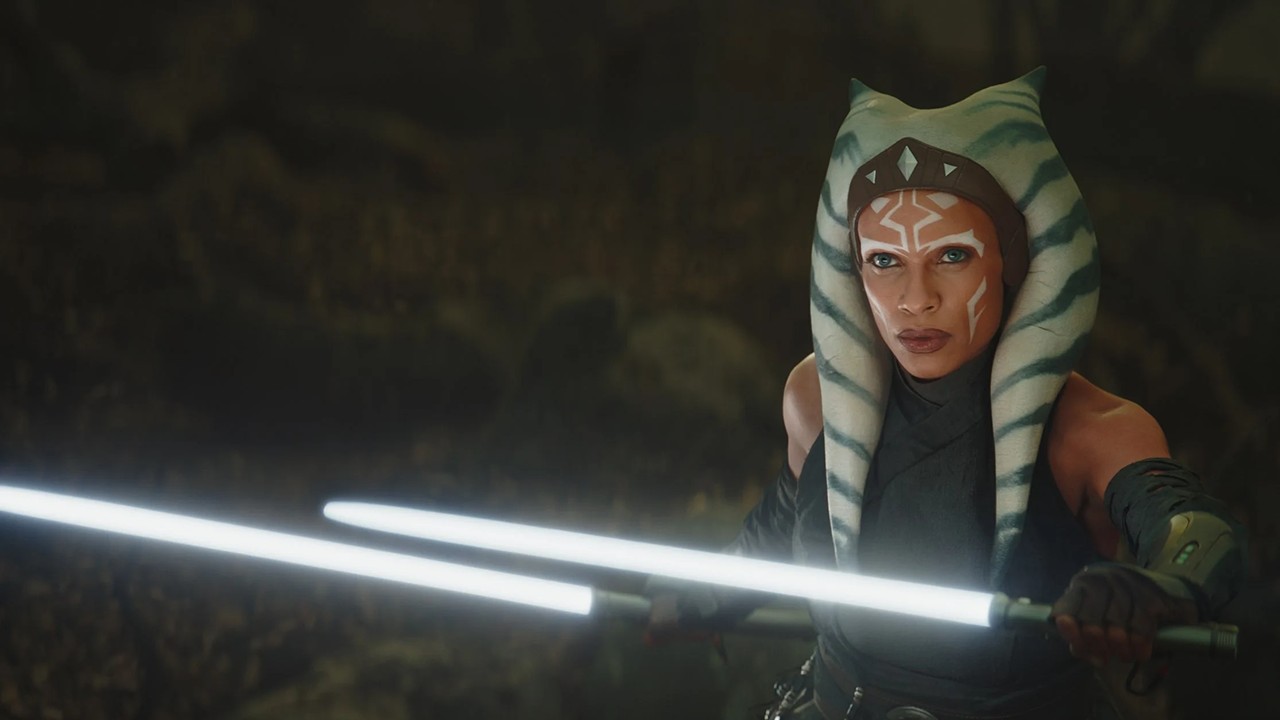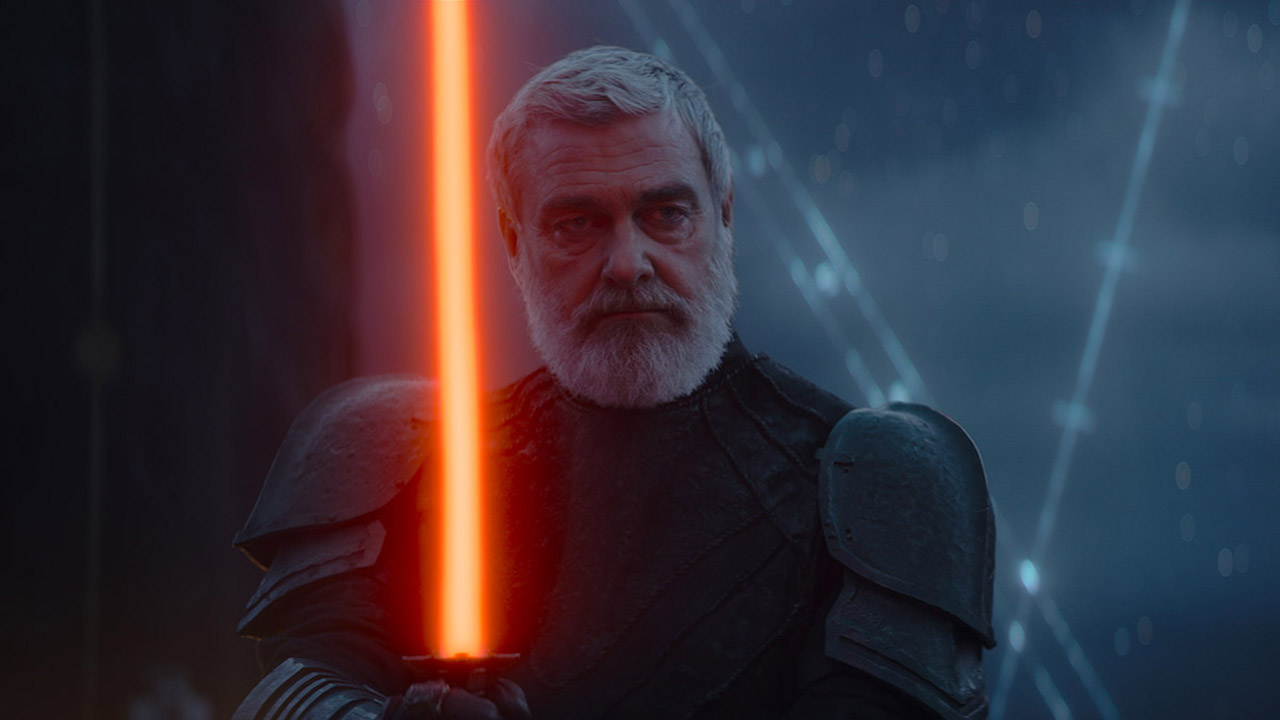How do lightsabers work?
Lightsabers are the most iconic Star Wars weapons, but their mechanics and complete history aren’t crystal clear. Here’s everything you need to know about them.

It’s hard to deny that lightsabers are Star Wars’ biggest icon outside its most legendary characters, but so far, live-action movies and T.V. series haven’t really delved deep into how they work, nor how they are built. If you’re not familiar with the Legends or new extended canon, the Jedi and Sith’s weapon of choice makes little sense. For those who aren’t diehard Star Wars fans, we’ve prepared this brief but informative piece about the lightsabers’ most important characteristics and bits of history.
The Star Wars franchise is quite active at the moment, so we recommend checking out our rundown of Star Wars Celebration 2023’s biggest movie and T.V. announcements as well as getting up to speed on The Mandalorian season 3 with our in-depth reviews. On top of that, we also have refreshers on what’s up with Mandalore and Bo-Katan Kryze.
If you want to get your hands on your very own lightsaber, then you should check out our list of the best lightsabers – it’s got the finest lightsaber toys, replicas, and props this side of the galaxy.
Lightsabers: Mechanics and variations

On a basic level, a lightsaber is powered by a true kyber crystal, but it also needs to draw power from an appropriately-sized power cell. Other key components include modulation circuits, an obligatory energy gate, and some type of activator to turn the weapon on and off.
Optional parts include modified handgrips and blade length adjusters. Moreover, some lightsabers could be set to non-lethal with a low-power setting used for training (think of the younglings…). Conversely, unstable crystals – such as Kylo Ren’s – could also be harnessed by specially designed lightsabers with vents that diverted excess energy. During assembly, it’s very important to avoid accidentally inverting the emitter matrix; it could cause a blade short-out at best and a potentially lethal explosion at worst.
Related: Best lightsaber fights

Hilts are aesthetically tailored by lightsaber users to fit their unique needs and reflect their personal preferences and even ideologies. Metal alloys are very common, but other strong materials, such as certain types of wood and gems, have been used as well over the centuries.
Among the more uncommon types of lightsabers we find double-bladed lightsabers (like Darth Maul’s), dual-phase lightsabers (the blade length can be changed in the middle of combat), crossguard lightsabers based on ancient designs (such as Kylo Ren’s), and even lightwhips (used by some Jedi of the High Republic era), and lightsaber-blaster hybrids (like Ezra Bridger’s).
Lightsabers: History

The first lightsabers were used thousands of years before the final age of the Galactic Republic seen in the Star Wars prequels. In fact, entire armies used them during the Old Republic era in the large-scale Jedi-Sith conflicts. After such calamitous events, the Jedi began to limit the use of their weapons, but the Clone Wars sent the Order back into the battlefields and turned the Jedi peacekeepers into military leaders.
During the reign of the Galactic Empire that replaced the Republic after the end of the Clone Wars and the fall of the Jedi, only the Sith Lord Darth Vader and the Inquisitors used lightsabers extensively. However, some Jedi survivors gradually came out of hiding to face down the Empire with their inspiring weapons.

The defeat of the Empire brought a new time of relative peace and prosperity to the galaxy, and as Luke Skywalker began training a new generation of Jedi, lightsabers became less rare once again. Well, at least until the destruction of his Jedi temple by Ben Solo, who then became Kylo Ren and wielded an unstable, red-bladed crossguard lightsaber.
It wasn’t until Rey discovered the long-lost original Skywalker lightsaber and came to train under an exiled Luke that such weapons became a beacon of hope once more.
Join our Space Forums to keep talking space on the latest missions, night sky and more! And if you have a news tip, correction or comment, let us know at: community@space.com.
Get the Space.com Newsletter
Breaking space news, the latest updates on rocket launches, skywatching events and more!
Fran Ruiz is our resident Star Wars guy. His hunger for movies and TV series is only matched by his love for video games. He got a BA of English Studies, focusing on English Literature, from the University of Malaga, in Spain, as well as a Master's Degree in English Studies, Multilingual and Intercultural Communication. On top of writing features and other longform articles for Space.com since 2021, he is a frequent collaborator of VG247 and other gaming sites. He also serves as associate editor over at Star Wars News Net and its sister site, Movie News Net.











